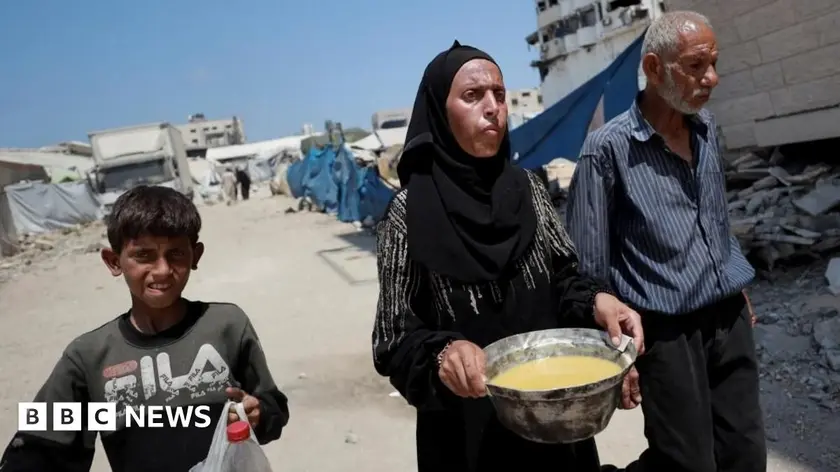T4K3.news
Gaza famine declared by IPC
The IPC reports famine in Gaza City and surrounding areas amid limited aid access and rising malnutrition risks.

A UN backed report warns that more than half a million Gazans face famine and dire conditions.
My youngest child doesn't know what fruit tastes like
The Integrated Food Security Phase Classification IPC has declared famine in Gaza City and surrounding areas, marking the first time such a level is recorded in this conflict. Officials say more than half a million people across the Gaza Strip live in what they describe as catastrophic conditions characterized by starvation, destitution and death.
Residents describe the daily toll in practical terms. Families report months without protein, rising prices, and shortages of basic foods, including gluten-free options that some depend on for health reasons. Aid deliveries remain limited as Israel says it restricts the amount of aid entering Gaza, a position disputed by more than 100 humanitarian groups and witnesses on the ground who say access remains severely constrained and uneven.
Key Takeaways
"The declaration of famine came too late, but it is still important."
Reem Tawfiq Khader discussing the timing of the famine declaration
"There are no vegetables, no fruits."
Rida Hijeh describing market shortages
"My youngest child doesn't know what fruit and vegetables look or taste like."
Reem Tawfiq Khader describing impact on her four-year-old
The famine designation underscores how humanitarian needs have become entangled with a protracted political conflict. Aid access and distribution remain fragile, turning relief into a bargaining chip in a broader struggle over control and accountability. The immediate risk is not only hunger but malnutrition with long-term consequences for children and the most vulnerable. Donors and international agencies face pressure to sustain life-saving aid while navigating a sea of competing political claims.
Beyond the numbers, the reporting highlights a crisis of trust. Residents question whether aid routes and distribution sites are designed to help or to serve other goals, while international actors weigh how to calibrate sanctions, negotiations, and funding to prevent further deterioration.
Highlights
- When meals fade memories fade too
- Shelves stay bare and voices stay loud
- Hope is thinner than bread
- Food is the baseline of a child’s future
Political and humanitarian risk from famine reporting
The famine designation intersects with ongoing conflict and debate over aid access, creating potential backlash, politicization, and donor sensitivity. This status could affect funding, aid delivery, and diplomatic dynamics in the region.
The coming weeks will test whether the humanitarian system can bend toward life-saving results in a climate of political tension.
Enjoyed this? Let your friends know!
Related News

Famine Declared in Gaza
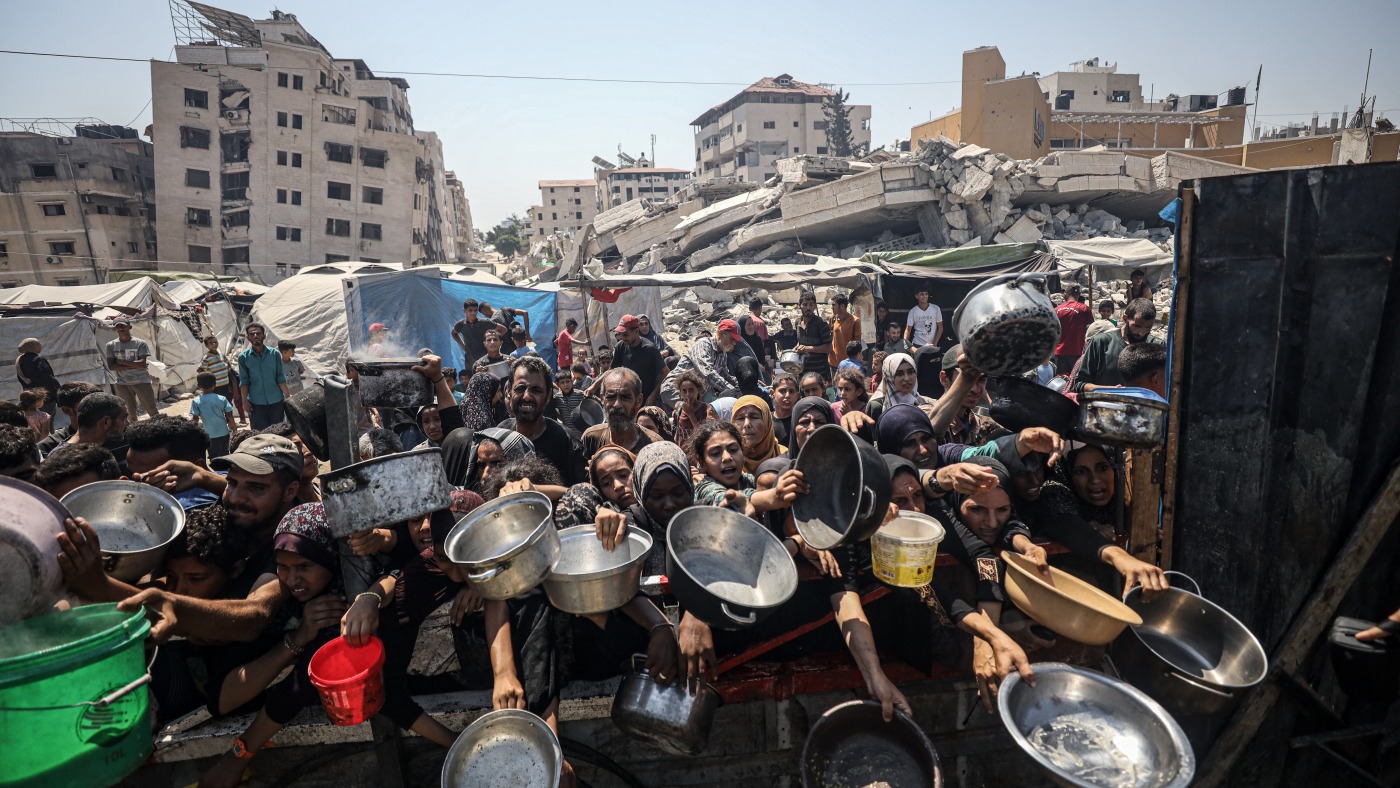
Gaza hunger crisis worsens without famine declaration
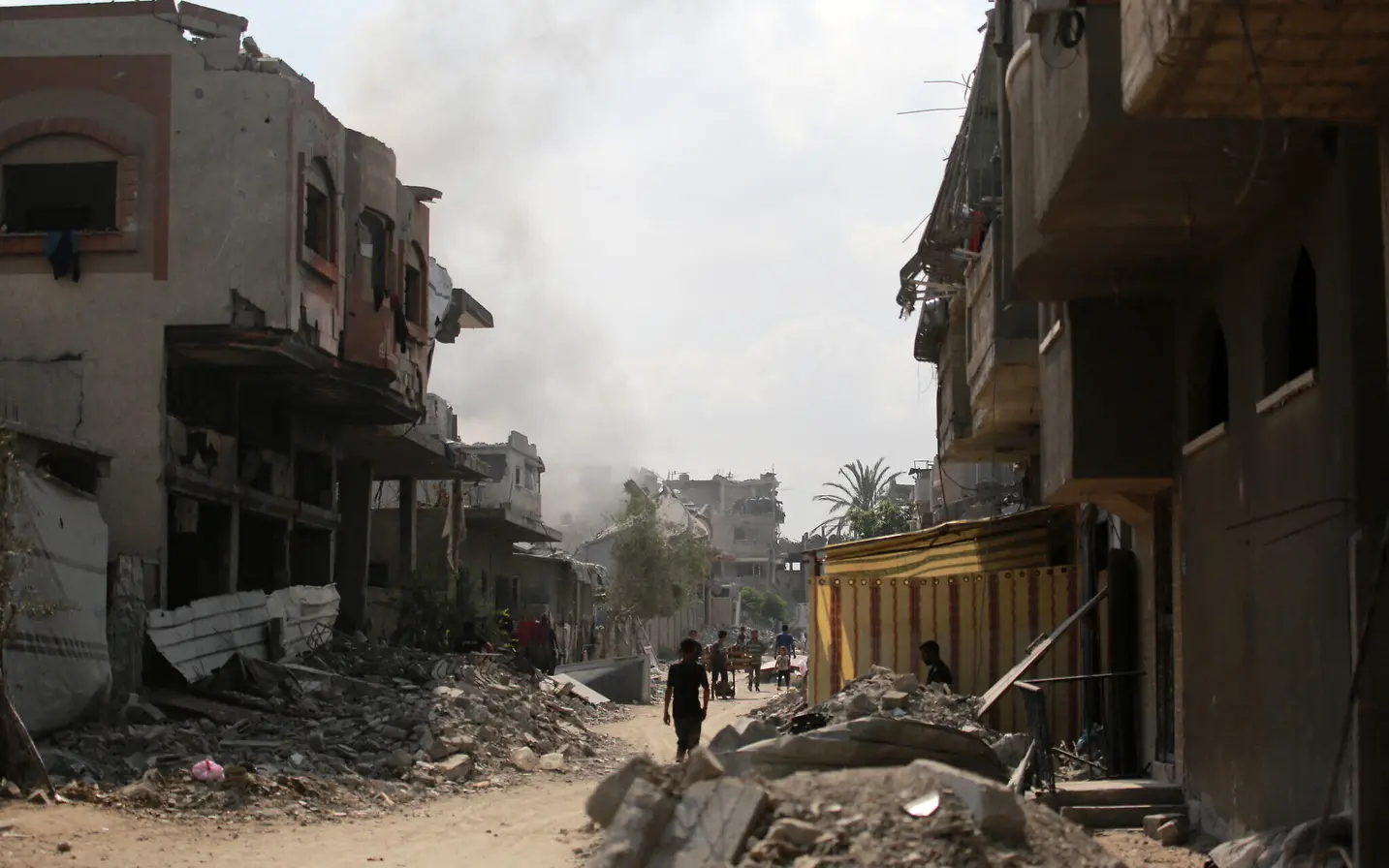
Gaza City offensive looms

Famine confirmed in Gaza City
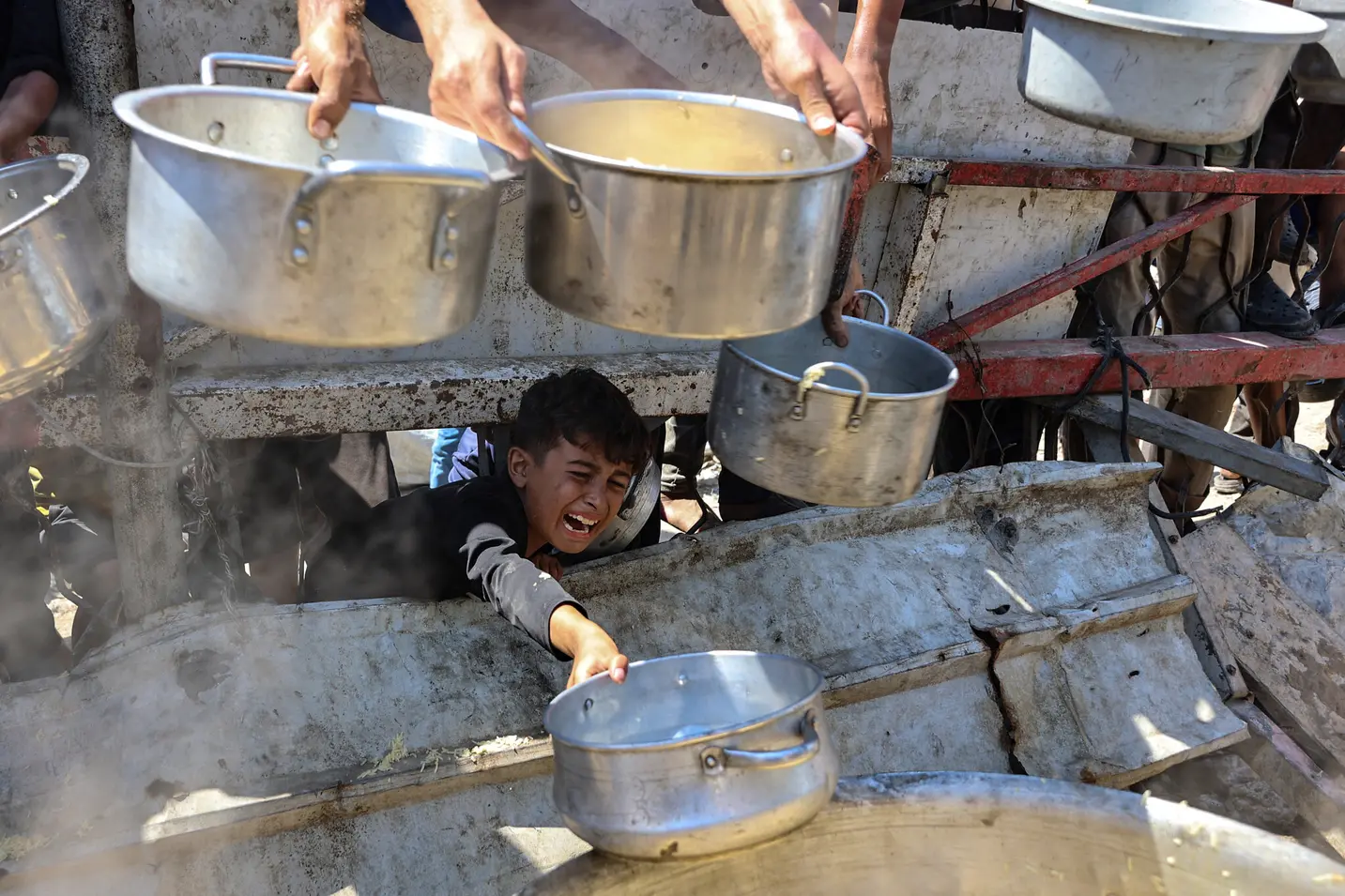
UN famine declaration sharpens Gaza hunger crisis
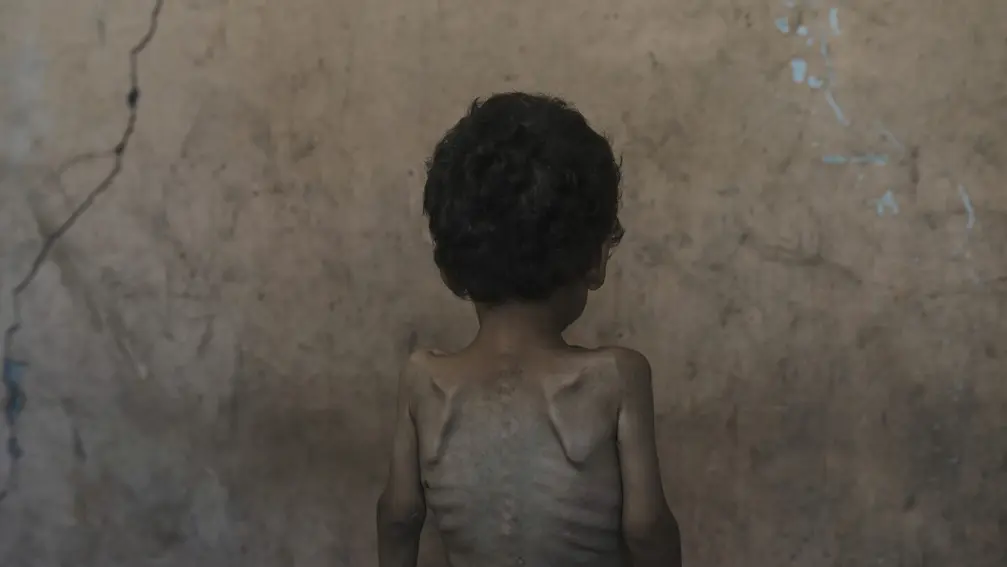
Expert alert on famine crisis in Gaza

Famine risk rising in Gaza

IPC Finds Three Famine Thresholds Met in Gaza City
